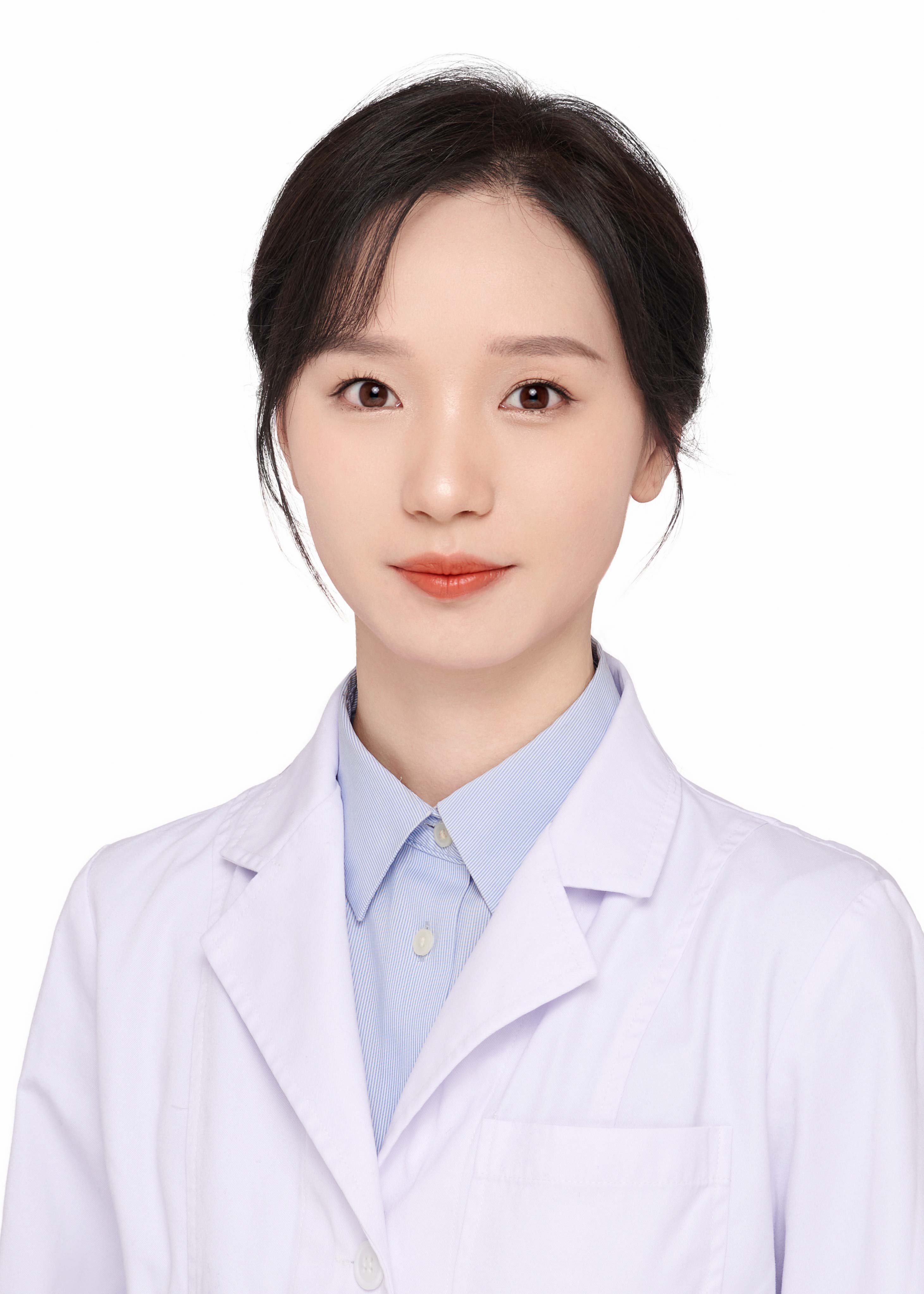What to do about large facial pores, and how to minimize pore size
Generally, enlarged facial pores may be caused by factors such as aging, skin dehydration, ultraviolet (UV) exposure, acne, and seborrheic dermatitis. Treatments such as hyaluronic acid injections, laser therapy, chemical peels, and medication can be used under the guidance of a physician to minimize pore size. It is recommended to visit a reputable medical facility and undergo these procedures under professional medical supervision to ensure effectiveness and safety. Detailed analysis is as follows:
1. Aging
As people age, collagen and elastic fibers in the facial skin gradually diminish, which may lead to skin laxity and enlarged pores. Daily sun protection, adequate nutritional intake, and avoiding chronic sleep deprivation are important for slowing down skin aging. Hyaluronic acid injections may also be administered under medical supervision. This treatment delivers nutrients directly into the dermis, providing sufficient hydration and nourishment to improve skin texture and reduce pore size. The typical reference cost for hyaluronic acid injections is 3,000–5,000 RMB per session. Improvement is usually noticeable within 2–3 days, although side effects such as redness, swelling, or allergic reactions may occur.
2. Skin Dehydration
Dry environments or improper skincare can disrupt the skin’s water-oil balance, potentially leading to enlarged pores. It is advisable to use moisturizing products suitable for one's skin type to maintain this balance. Laser therapy, performed under a doctor’s recommendation, can also be effective. It uses laser energy to stimulate collagen regeneration, thereby minimizing pores and tightening the skin. The typical reference cost for laser therapy is 1,000–5,000 RMB per session. Noticeable improvement generally appears within 7–14 days, though possible side effects include redness, swelling, or pigmentation.
3. UV Exposure
Prolonged UV exposure can cause oxidative damage and skin laxity, resulting in enlarged pores. Proper sun protection is essential—this includes applying sunscreen and wearing protective hats. Chemical peels with alpha-hydroxy acids (AHA), recommended by a physician, can also help. These peels use high-concentration fruit acids to exfoliate the dead keratinized layer, promote cell renewal, and reduce pore size. The typical reference cost for chemical peels is 500–1,500 RMB per session. Improvements are usually visible within 1–2 weeks, though temporary redness, stinging, or irritation may occur.
4. Acne
Acne may result from abnormal keratinization of sebaceous ducts or microbial infections. Inflammatory responses associated with acne can compromise the skin barrier, leading to enlarged pores. Symptoms often include papules and pustules. Under medical guidance, treatments may include topical medications such as tretinoin cream, clindamycin hydrochloride gel, or oral isotretinoin soft capsules.
5. Seborrheic Dermatitis
Seborrheic dermatitis is commonly associated with overactive sebaceous glands and Malassezia infection. Inflammation can trigger excessive sebum production, contributing to enlarged pores. Symptoms may include erythema and itching. Treatment options, as prescribed by a doctor, may include oral vitamin B2 tablets, selenium sulfide shampoo, or topical ketoconazole cream.
Maintaining proper skin hygiene is essential. Choose appropriate cleansing products based on your skin type to keep the skin clean, refreshed, and well-moisturized, which supports overall skin health.










